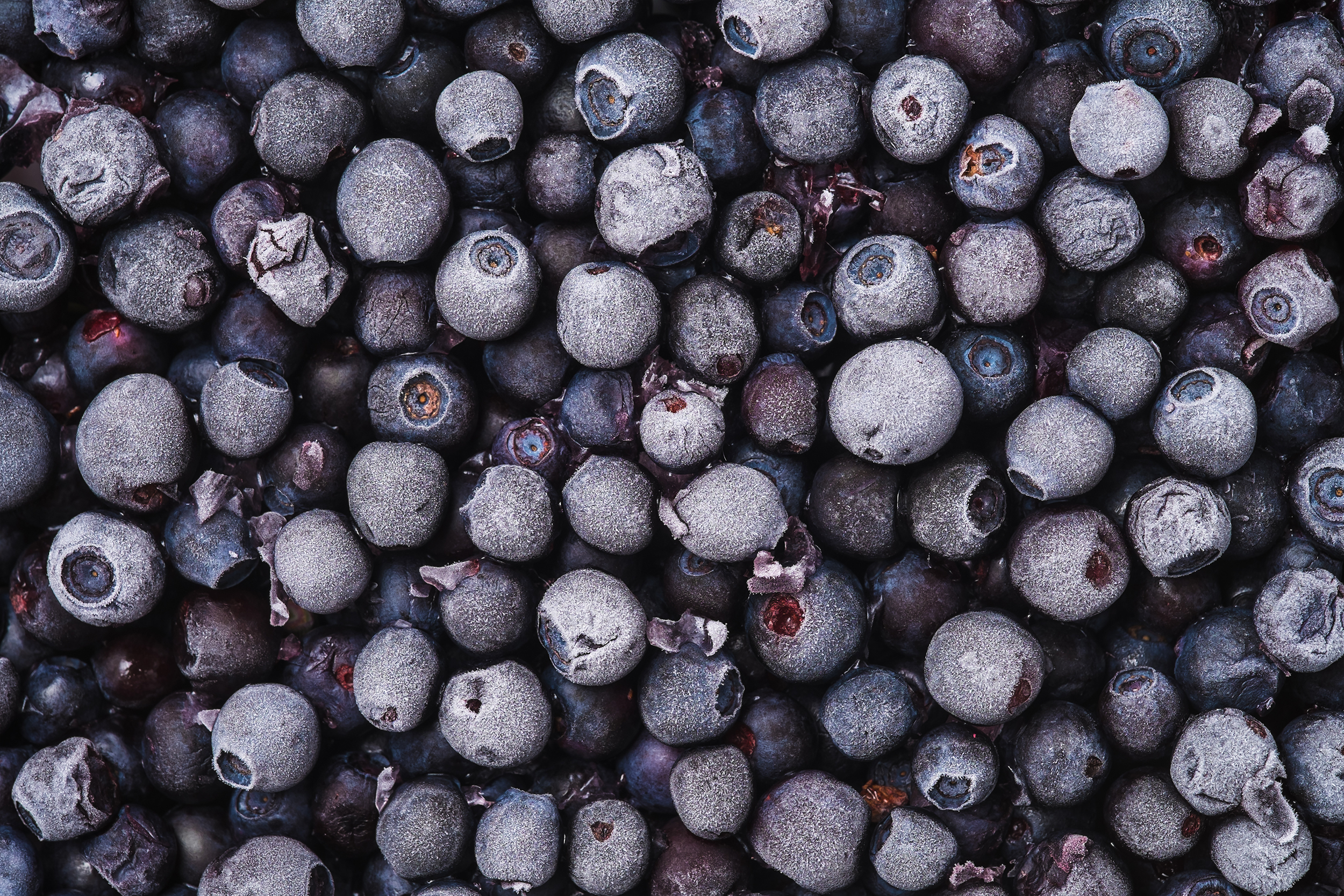Agronometrics in Charts: Spring freeze leaves California blueberry growers with reduced crop
In this installment of the ‘Agronometrics In Charts’ series, Sarah Ilyas evaluates the state of the California blueberry market. Each week the series looks at a different horticultural commodity, focusing on a specific origin or topic visualizing the market factors that are driving change.
California blueberries are harvested from more than 5,000 acres in the state.Owing to spring frost and hail, some California growers are picking a smaller crop for blueberries this year. According to estimates by the California Blueberry Commission, farms will produce 55 million pounds of the fresh berries this year, 15 percent lower than its original projection of 65 million pounds.
The U.S. Department of Agriculture reported the 2021 crop at 74.5 million pounds compared to 79.3 million pounds in 2020. The weather related damage hit some farms in some locations especially hard, with others escaping unscathed.
Commission Executive Director Todd Sanders described the weather-related damage—which also affected other state crops—as sporadic. Farmers in Fresno County were able to dodge most bullets. In contrast, Butte County grower John Carlon, who farms organic blueberries in the foothills east of Chico, experienced a total crop loss from the freeze.
He operates one of the oldest blueberry farms in the state, growing older varieties that came from the East Coast. For the first time in 32 years, he will have almost nothing to harvest. Because of the dry winter, Carlon said he did not have water from a pond that feeds overhead sprinklers for frost protection.
Warm temperatures before the freeze advanced flowering, pushing his crop two weeks ahead of schedule when the freeze hit. Even though it was limited to one night and about an hour, he said it was “enough to literally take out our entire crop.”
The projection for the total U.S. highbush blueberry market in 2022-23, which includes domestic and imported blueberries, is estimated at 1.5 billion pounds, according to Kasey Cronquist, president of the Folsom, Calif.-based U.S. Highbush Blueberry Council and the North American Blueberry Council.
That’s up 13.2% over the 2021-22 season. Including the lowbush projections, the total volume projected is more than 1.8 billion pounds in 2022, compared to 1.6 billion pounds in 2021.
This season, peak recorded volumes for Southern California were 272 K Kgs in week 11. As for Central California, a peak volume of 2.4 K tonnes was recorded in week 21.

(Source: USDA Market News via Agronometrics. Agronometrics users can view this chart with live updates here)

(Source: USDA Market News via Agronometrics. Agronometrics users can view this chart with live updates here)
Pricing this season has ranged from $16 per package in week 19 to $20 per package in week 21. Owing to the lower incoming volumes, prices this season have been higher on average, compared to 2021.

(Source: USDA Market News via Agronometrics. Agronometrics users can view this chart with live updates here)
To mitigate pressure from the domestic market, the blueberry commission is concentrating on expanding its opportunities globally. About 25% of the California state crop is now exported.
Canada and Taiwan have been top export destinations for California blueberries.
The U.S. gained market access to Vietnam in 2019 and to the Philippines and China in 2020. California, Oregon and Washington recently received market access to Chile and are also hoping for market access to South Korea soon.
Production wise, advancements in mechanization will help lower labor costs going forward.
In our ‘In Charts’ series, we work to tell some of the stories that are moving the industry. Feel free to take a look at the other articles by clicking here.
All pricing for domestic US produce represents the spot market at Shipping Point (i.e. packing house/climate controlled warehouse, etc.). For imported fruit, the pricing data represents the spot market at Port of Entry.
You can keep track of the markets daily through Agronometrics, a data visualization tool built to help the industry make sense of the huge amounts of data that professionals need to access to make informed decisions. If you found the information and the charts from this article useful, feel free to visit us at www.agronometrics.com where you can easily access these same graphs, or explore the other 21 commodities we currently track.
02/06/2022





